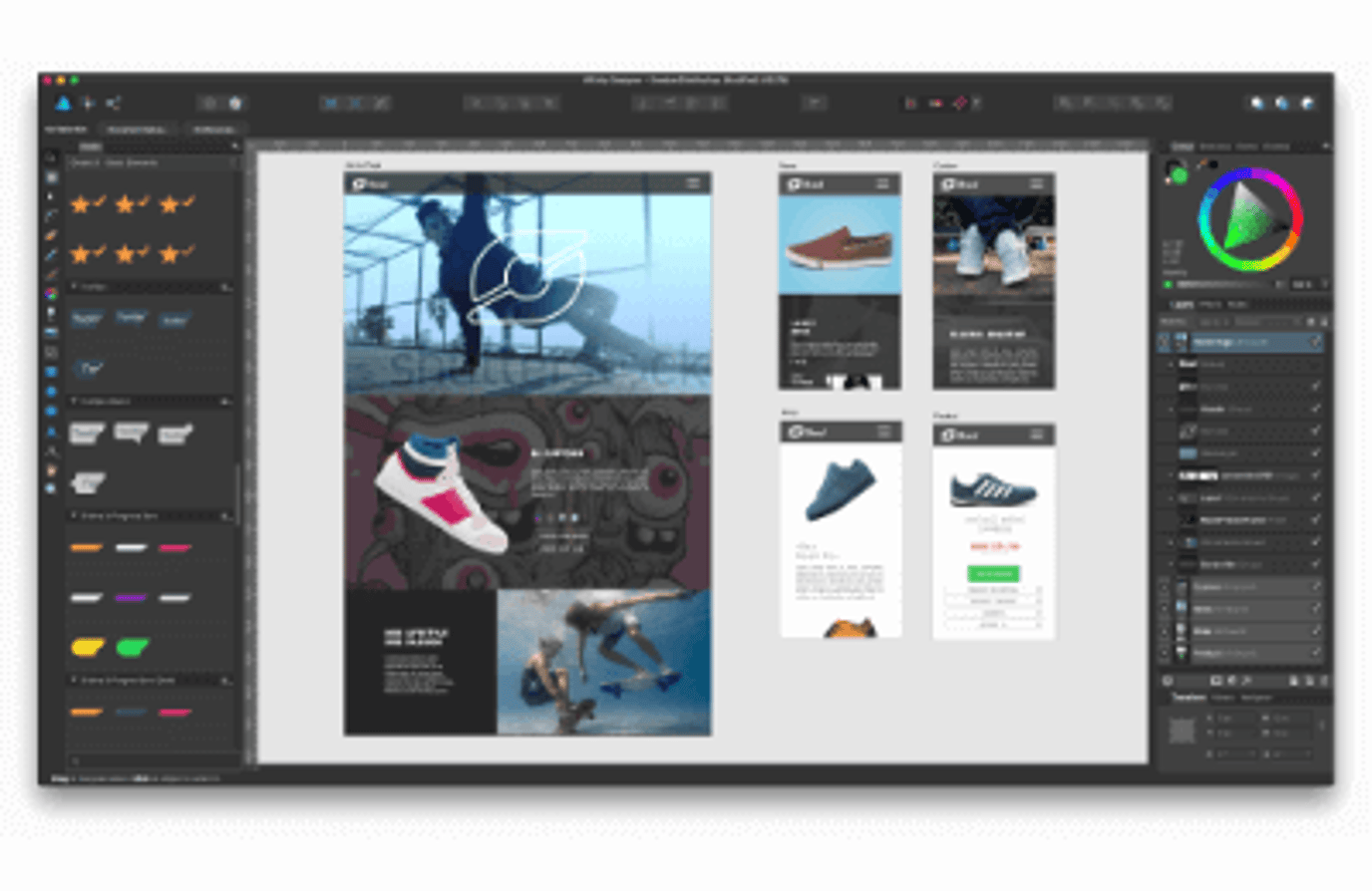
The internet in 2024 is a constantly shifting and evolving marketplace. When considering specific habits between individuals in the retail space and business users in a commercial setting, there are some interesting insights and trends that have begun to emerge.
Retail Insights in 2024
1. Online window shopping is a thing
Where in the past online activity may have been driven largely by intent – in other words, where users wanted to research a specific topic or make a purchase, many online retail users are now more brand and experience-focused. This means they often visit online stores, research locations, view services or seek out information just for fun. In a retail setting this could mean viewing products they wouldn’t normally purchase or even seeking out items, services or other interests that are out of their price bracket but they like to imagine owning or doing.
This form of online behaviour is more driven by fun than actual intent. Just anecdotally, many more people seem to have a huge selection of tabs open on their phones at any given time. Often these people are in the process of research or are in the consideration phase of a purchase, not driven by a need to purchase but rather a desire to window shop and enjoy the experience of shopping. Understanding this behaviour and creating content more driven by the fun of engaging with a brand rather than on pure sales can create new opportunities for a business.
Additionally, in terms of the areas which specifically drive sales, online retail behaviour, especially among younger people, is less driven by previous purchases. It seems people are more open to brands who are better able to engage with their audience and who are competitive on price, rather than just having a bigger high street presence or name recognition. Shien and Temu are recent examples of this trend.
2. Retail customers value research, reviews and ratings before purchasing.
More than ever, there is a growing movement towards online purchase security, with Google highlighting key search trends around ‘ideas for’, ‘compare’ and ‘review’ in 2023. This certainly lines up with other industry research, which shows customers are far more willing to shop around to different websites for cheaper prices if they are available and find online research about items.
Nearly nine out of ten (88 percent) consumers worldwide make the effort to consult reviews when discovering a local business (Podium, 2021).
49% of all consumers say they trust the reviews they read online as much as personal recommendations (BrightLocal, 2022).
Furthermore, online review statistics show that the conversion rates of product pages with reviews are up to 3.5 times higher than those that don’t (Bazaarvoice, 2018).
3. Retail customers have higher expectations
With more competition in consumer-focused online spaces, there are certain expectations that retail customers have for the brands they go to or purchase from. These extras are often not offered by companies in the trade-only space.
Elements such as free shipping or next-day delivery are also far more common, primarily thanks to Amazon Prime. Returns are also expected to be hassle-free and part of the service – requiring companies to have go-to returns options available for consumers. Note: There are some exceptions to this, often where a consumer trades their ability to return things easily for a significantly lower cost price of goods.
Companies that serve trade and consumer customers must think carefully about these areas and ensure their messaging (if they don’t offer any of these perks) is very clear and the customer is aware before they make their purchase.
Commercial insights in 2024
1. Intent is king.
Unlike retail customers, commercial customers are much more driven by commercial intent – using phrases that may be local such as ‘near me’ or qualifying such as ‘best’ but are often more simple and shorter. In most cases commercial customers are more easily targeted with Ads because keywords with commercial intent are often focused by advertisers already, meaning spending in areas such as SEO may not yield such high returns.
There are lots of research terms and specific industry terms such as regulations or brand comparisons that can boost traffic and sales but ultimately a company that wants to exist in the trade-only space and compete for larger clients may have to consider the advertising route.
2. Desktop matters … but so does mobile.
When it comes to B2B, the focus has always been on desktop – with people in business often using desktop devices for their work. There are many caveats to this approach though, the first being that business users almost NEVER purchase on their first visit to a website. It may be the 5th or even 35th time when they actually decide to get in touch.
In these cases, showing adverts that target people who have started researching your company can reduce the time required to generate that lead and even save leads that have forgotten that brand within their search.
Advertising also serves a dual purpose here, showing that a company is competent and has invested in securing business by focusing its time and attention on reaching people who they know are looking for their services. Companies often want to work with partners who show competence and forethought, meaning a retargeted ad can help demonstrate value as a business partner.
Of course, each case is unique and different but the more time and attention a business can provide to winning over potential clients who visit their websites, whether that is through cross-channel marketing or just optimising messaging, the better they will be able to perform over time in securing high-quality leads.
3. Highlighting case studies clear is the easiest way to make yourself accessible to clients.
Commercial clients are often more focused on the safety and security of business relationships rather than a pure focus on price. Any company that has been in business for over ten years will have seen many businesses fail and many relationships not work out. This may be distributors, service providers, distribution companies or even transport companies. These changes can often be costly because they can affect prices or create supply chain issues, which all affect profitability.
Providing case studies, especially with long-term clients, can be a great way to provide the reassurance companies need to know the relationship will be fruitful. More than that, they act as an opportunity to showcase the things a company does best, beyond their competitors. They can also serve as ways to get found online if they are focused on keywords, especially industry and service-focused keywords.
Summary - Knowing the online landscape in 2024
- Ensure your website understands the idea of ‘retail window shoppers’ and sells the idea of the lifestyle associated with the brand, both on the website and social media.
- Focus on product and company reviews and platforms where customers often research.
- Think carefully about the extras you provide and understand what perks your competitors offer (discount codes and shipping discounts).
- Ensure your local SEO game is on point (Google Business and your information pages are clear and updated).
- Make sure remarketing is part of your lead generation strategy (both Google Display and Meta remarketing).
- Ensure customers have reassurance about their trust in the brand with customer success stories and case studies.





